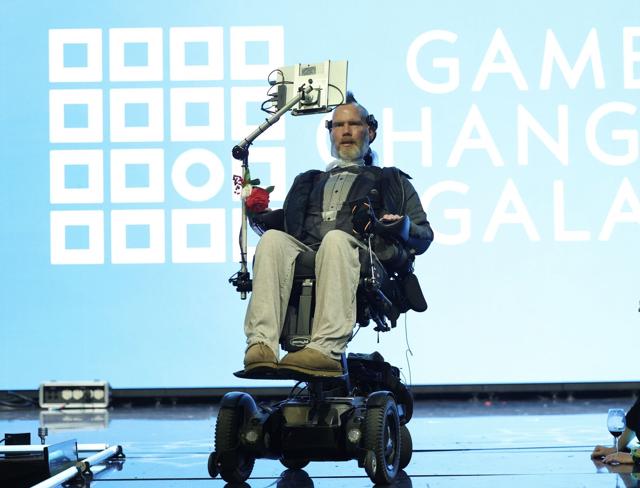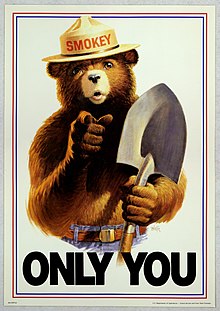Political
instability; Economic turmoil; poverty; war; climate change, and all the remaining
forces in our lives - they all intersect through the food we need to survive
and thrive. There are many perspectives
on what food does for people, but here are just a few.
Celebrity chef and
humanitarian Jose’ Andres’ says “food is everything”[i]. Andres’ goes on to say that he believes
that people who eat, should also think about what eating accomplishes.
The late Dr. Paul
Farmer, co – founder of Partners in Health and a pioneer in managing health
inequities throughout the world, pointed out that food security, like many
other goals of a public health initiative, is the product of countering ‘failures
of imagination’ and harnessing the ‘power of partnership’.[ii]
Vice President
under Franklin Roosevelt, Henry Wallace was quoted as saying ‘the soil is the
mother of man and if we forget her, life eventually weakens’[iii]
Food is at the
center of all aspects of our existence. We have a responsibility to help those
in our community, who do not have the resources to get the best food for
themselves. It may be one of the clearest pieces of evidence, that public
health is intertwined with finding solutions to social problems. [iv]
Residents of the
South and West sides of Chicago will benefit from the work of a three – year project,
designed to bring sources of nutritionally dense, reasonably priced vegetable
protein to their homes, their gardens, and their community’s sources of food. A
not – for – profit organization named “Field Pea, Incorporated” will be formed
in accordance with Illinois law[v] to implement this project.
Over the three
years envisioned for the life of the project, staff and community participants
will take part in activities to produce and distribute vegetable
protein – with emphasis on using the field pea as a primary protein source – as
well as to educate consumers on the food products’ possible uses, and to
celebrate the lives of the cultures who celebrate the vegetable protein
as theirs.
Goals for the
project will include the following:
·
Can residents of Chicago’s south and west side
neighborhoods, accept increased use of vegetable protein in their diets?
·
Can the networks of food security programs
supporting these neighborhoods, augment their annual crops grown with a greater
variety of legumes, such as field peas?
·
Can community members who incorporate greater
amounts of vegetable protein in their diet, see improvements in their cardiovascular
health?
Chicago’s South and
West side residents have received and are receiving numerous interventions to
better their food security. [vi] The emphasis on providing fresh produce to residents
has led to the development of numerous community and school gardens, urban farms,
and educational consortia. These programs have regardless, reported vague
relationships between increased access to fresh produce, and the cardiovascular
health of the neighborhood populations.
Cardiovascular
disease (CVD), through the twentieth century, had been the most common cause of
mortality and morbidity in the United States. [vii] A recent frame of reference towards the management
of CVD is “Life’s Essential 8”, a program of the American Heart Association which
serves consumers to help them manage cardiovascular risk factors. [viii] Managing diet while using this framework,
consumers may expect to see effects on many of the other seven factors (e.g., weight
control, blood pressure/cholesterol/sugar) affecting their health.
Making vegetable
protein an emphasis of this project will give project managers incentive to
explore a hypothesis; namely, that incorporating such a food source can
significantly affect blood cholesterol, blood sugar and blood pressure.
Bringing in foods of the various cultural groups around metro Chicago, where
field pea protein is a core ingredient of a dish, may serve to give these groups
incentive to come together in other ways.
What will happen during
this project? Grants, donations, and fund-raising will be the sources of income
for the project facility, to be housed within either the Chicago High School
for Agricultural Sciences[ix] or Windy City Harvest’s ‘Farm on Ogden’[x]. Each facility brings together resources
for agriculture and food science/technology. During year one, staff to
administer the program – an Executive Director, an Administrative Assistant, a
Volunteer Coordinator, and an Education Coordinator – will be hired. A Board of
Directors will be selected, who will then initiate the first annual series of
community forums. Community input will be gathered to focus the project’s goals,
on an annual basis.
Staff and
volunteers select and prepare a demonstration garden, to start the
annual crop of vegetable protein. One commercial seed catalog advertises twenty
– two varieties of field pea alone. [xi] Companion vegetable plants for field peas,
which may serve to protect the peas from pests and increase yields, may include
beans, carrots, corn, cucumbers, radishes, and turnips[xii]. Flowers that will complement the
vegetables will include marigolds, nasturtiums, and sunflowers[xiii]
Working parallel to
the demonstration garden will be the demonstration kitchen, needed to trial
recipes and food products attractive to the target populations of Chicago
neighborhoods. For example, field peas
with rice may be made into a patty, a sausage, a hoppin’ john, or a loaf. The
kitchen will also be available to trial field pea dishes, from cultures around
the world with emigres in Chicago that include:
·
India: curry, masala
·
Pakistan: peas with spinach and dill
·
Brazil: akara
·
Indonesia: sambal goreng
·
Kenya: kunde, red red
·
Syria: lubia (has meat)
·
Egypt: loubiya (vegan)
The demonstration garden
should only bear vegetable plants that are native to the northeast Illinois region.
Since rice is only grown in southern Illinois, grains that will complement the
legumes (i.e., supplying essential amino acids for which legumes are deficient)
include winter wheat, rye, triticale, spelt and oats. [xiv] [xv]
The project will
also benefit from use of offices for administrative staff, an auditorium in
which consumers and interested parties can attend educational programs, a store
for dispensing food product to neighborhood consumers, and a multi – purpose room
for other community activities. Project activities will seek to make the project
center a community hub, where citizens may come together to share not only
food, but also other commonalities with their neighbors.
During year two and
three of the project, staff and volunteers will seek to expand the production
and distribution of the food products developed in year one, while encouraging
community partners (restaurants, schools, hospitality industry training programs,
community gardens, urban farms) to use the product. Another linchpin of the project
will be the development of student affiliations with metro area vocational and professional
training programs, in disciplines that include hospitality, agriculture,
horticulture; physical, occupational and speech therapy; nutrition, marketing, and
medicine.
The Southern Foodways
Alliance Fall Symposium in Oxford, Mississippi,[xvi] will be an ideal forum to review the
project and its outcomes, during the final year of the project. A final
community forum led by the project Board will draw the project to a close.
Proust’s
REMEMBRANCE OF THINGS PAST made famous the madeleine cookie. Now, it’s time to ‘remember’
the field pea.
[vii]
Dalen, James E., Alpert, Joseph E., Goldberg, Robert J. and Weinstein, Ronald
S., “The Epidemic of the 20th Century: Coronary Heart Disease”,
AMERICAN JOURNAL OF MEDICINE, 127 (9), September 2014, 807-12. https://pubmed.ncbi.nlm.nih.gov/24811552/
Accessed October 17, 2022.















